
Prachanda’s Power Play: One Year In, Economy on the Upswing!
It has been nearly a year since the formation of the incumbent government, led by Prime Minister Pushpa Kamal Dahal ‘Prachanda.’ When the government assumed its responsibilities, the economic condition of the country was precarious. The nation faced challenges from both internal and external sectors, grappling with the repercussions of the COVID-19 pandemic and the Russia-Ukraine conflict, among other factors.
Fast forward to the present, and there is a discernible shift in economic indicators, signaling positive momentum. The government, realizing the urgency, convened a Council of Ministers meeting on December 26, 2022. During this meeting, it was decided that economic reforms at the policy, procedural, and institutional levels would be given top priority.
These reformative actions have begun to yield desired results, particularly in the external sector. Notably, there has been a significant increase in remittance inflow and the influx of foreign tourists. These improvements are crucial for a nation striving to recover from the economic setbacks caused by global events.

Examining major economic indicators over the past year, signs of improvement are evident. Inflation, a key concern, has decreased compared to the previous year. According to statistics from the Nepal Rastra Bank (NRB), consumer price inflation stood at 7.38 percent as of mid-December 2022. The inflation rate for the first four months of the current fiscal year is recorded at 5.38 percent.
The external sector, which faced challenges in the previous fiscal year, has shown resilience. Foreign exchange reserves have increased, reaching Rs 169.6 billion as of mid-November in the current fiscal year. This is a significant improvement from the Rs 129.56 billion total foreign exchange reserves in the last fiscal year, covering 10 months of import of goods and 8.7 months of imports of goods and services.
Moreover, the reserve now appears capable of covering 13.6 months of import of goods and 11.4 months of import of goods and services, considering the import figures of the last four months of the current fiscal year. These positive developments provide a stable foundation for the country’s economic recovery.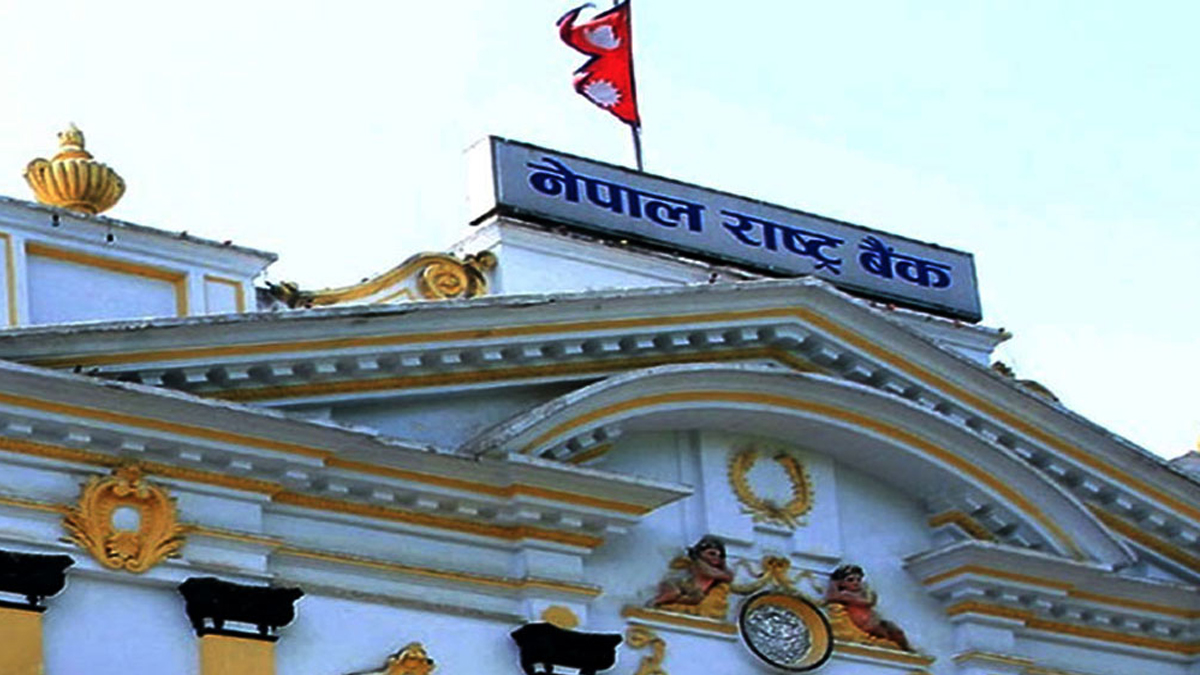 Simultaneously, the remittance inflow increased by 26.4 percent, reaching Rs 477.96 billion in the first four months of the current fiscal year, contributing to a surplus balance of payment amounting to Rs 147.11 billion.
Simultaneously, the remittance inflow increased by 26.4 percent, reaching Rs 477.96 billion in the first four months of the current fiscal year, contributing to a surplus balance of payment amounting to Rs 147.11 billion.
In response to entrepreneurs’ requests to reduce bank interest rates, the government has taken steps to address this concern. Inter-transaction rates of banks and financial institutions have been declining, with the weighted average inter-bank transaction dropping from 8.50 percent in mid-November of the last fiscal year to 3.47 percent during the same period this fiscal year.
Following the first quarterly review of the existing monetary policy, the Nepal Rastra Bank (NRB) reduced the bank rate from 7.5 percent to seven percent and the policy rate from 6.5 percent to 5.5 percent. This move has been well-received by businesspersons and industrialists, who had long demanded such adjustments.
A noteworthy improvement is seen in the arrival of foreign tourists and remittance inflow. Over 954,000 foreigners visited Nepal in the last 11 months of 2023, signifying a positive trend in the tourism sector.
However, challenges persist in the form of rising public debt and a deficit budget. In the first quarter of the current fiscal year alone, Nepal witnessed an increase in public debt of Rs 57.71 billion. Coupled with this is the inability to increase capital expenditure, raising concerns about the government’s fiscal management.
The revenue falling short of regular expenses is equally worrisome. Until the mid-December mark (Mangsir end), the government has been able to collect only 26.07 percent of the target revenue for the year. These challenges highlight areas that demand the government’s immediate and adequate attention to ensure sustained economic growth.
Despite these challenges, the government has made significant strides in infrastructure development over the past year. Decisions to move forward with the construction of Budhigandaki and Karnali Chisapani Reservoir-based Hydropower Projects have been received positively. Additionally, progress on the Upper Aruan and Dudhkoshi Hydropower Projects is another welcome initiative.
A milestone achievement is the inauguration of the Pokhara Regional International Airport on January 1, 2023, marking a significant development in the country’s aviation infrastructure. The installed hydropower capacity has reached 28,000 MW, covering approximately 94 percent of the country’s energy needs.
In recent times, the government has intensified efforts to export surplus power, showcasing a commitment to harnessing and utilizing Nepal’s abundant hydropower resources. Furthermore, various programs are being implemented to ensure clean drinking water, addressing a fundamental aspect of public welfare.
Furthermore, Prime Minister Pushpa Kamal Dahal ‘Prachanda’ has actively engaged in foreign visits, contributing to the enhancement of diplomatic relations and economic cooperation. The Prime Minister conducted visits to both India and China, resulting in several crucial agreements that hold significance for Nepal’s economic growth and international partnerships.
During the visit to India, important agreements were inked, signifying a commitment to regional cooperation and economic collaboration. Notably, an understanding was reached to initiate a tripartite agreement, following the agreement in principle, for the export of electricity produced in Nepal to Bangladesh via India. This move aligns with the broader vision of harnessing Nepal’s energy potential for the benefit of the region.
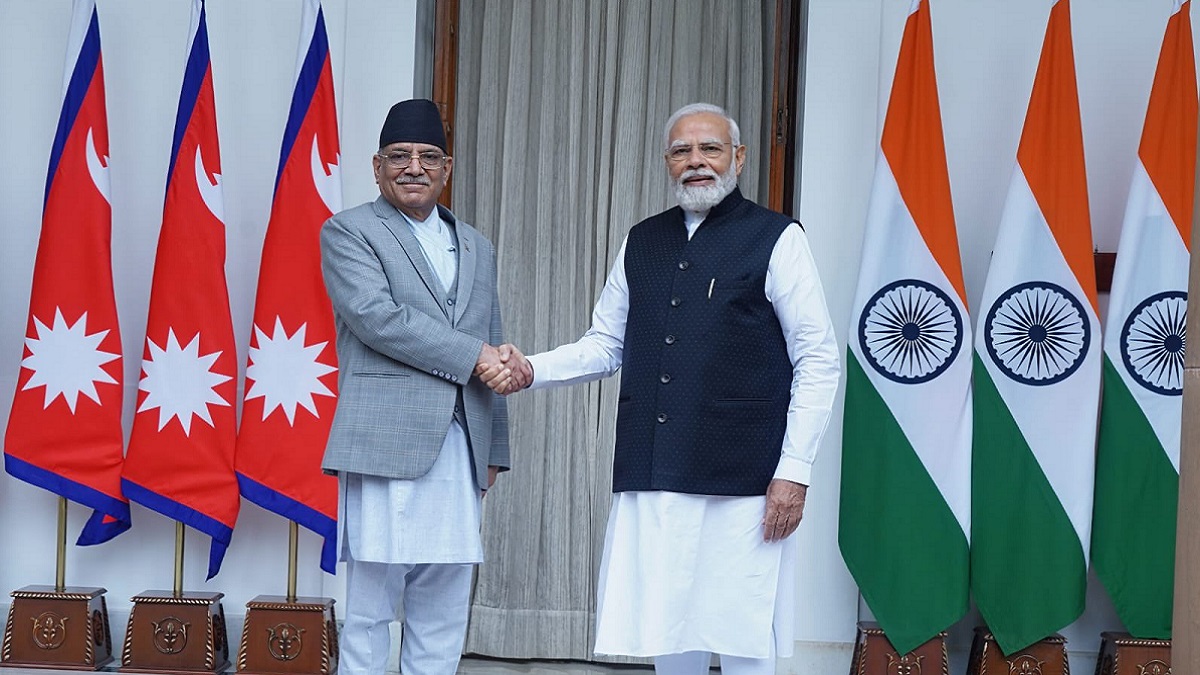
A milestone achievement during the visit to India was the signing of an agreement to sell 10,000 MW of electricity over the next decade from Nepal. Additionally, there was a commitment to finalize the detailed project report of the Pancheshwor multi-purpose project within three months, reflecting a shared commitment to major infrastructure development.
Furthermore, the Nepal-India Transit treaty was amended during the visit, showcasing efforts to streamline trade and transit processes. The expansion of the petroleum pipeline from Amalekhgunj of Bara to Lothar of Chitwan, connecting to Siliguri in India and Charali of Jhapa, with financial and technical support from India, is a strategic move that will contribute to enhanced energy security and economic cooperation.
In the realm of digital payments, Nepal and India signed a memorandum of understanding, laying the groundwork for cross-border digital transactions. This step aligns with the digital transformation trends globally and opens avenues for smoother financial transactions between the two nations.
Prime Minister Dahal’s visit to China in the third week of September also yielded significant outcomes. Both countries signed various agreements fostering mutual cooperation across diverse sectors. Collaboration in inter-state infrastructure development, trade promotion, facilitation, and the expansion of diplomatic relations and regional cooperation were key areas of focus.
Moreover, an agreement was reached to advance the ‘Belt and Road Initiative (BRI) Implementation Project,’ building on the bilateral collaboration agreement signed on May 12, 2017. Both sides expressed their commitment to building the ‘Trans-Himalayan Multi-Dimensional Connectivity Network’ and reopening Nepal-China checkpoints, emphasizing the importance of connectivity in regional development.
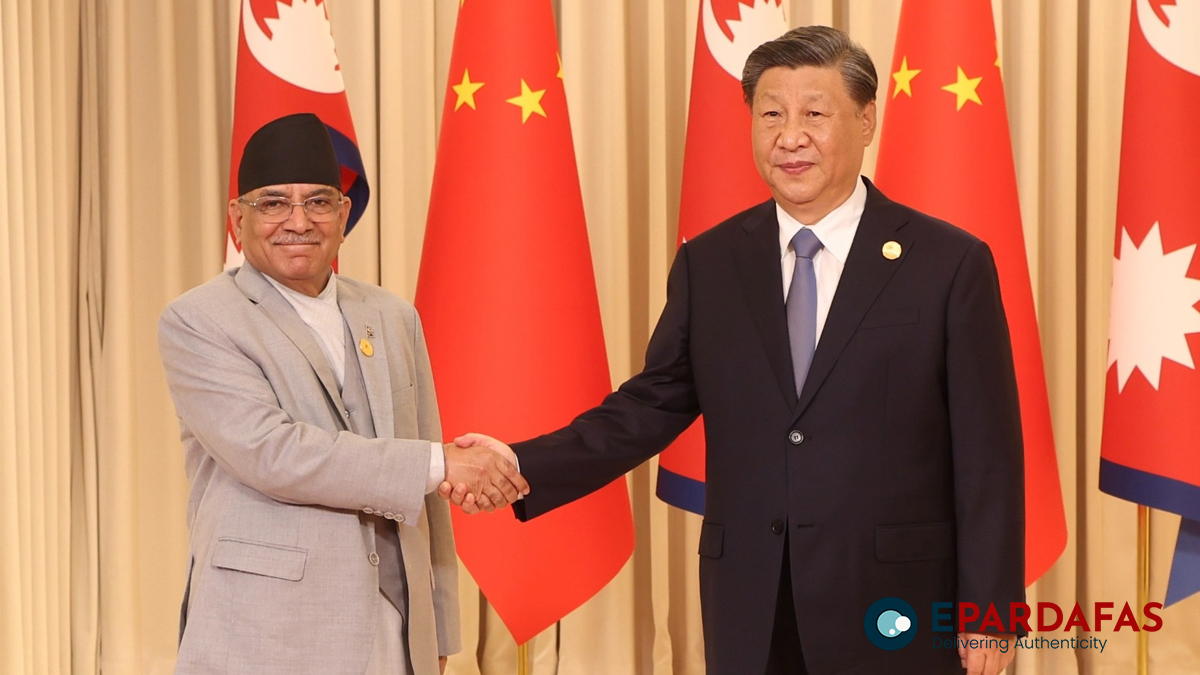
To bolster the energy sector, Nepal and China agreed to give final shape to the ‘Nepal-China Electric Power Co-operation Plan.’ Additionally, plans were set in motion to initiate the activities of the 200-kV Jilong-Kerung-Rasuwagadhi-Chilime Inter-state Transmission Line at the earliest.
As part of the ongoing efforts to attract foreign investment, the government is gearing up to organize an investment summit in Kathmandu, scheduled for April 21, 2024. To ensure the success of this initiative, various committees, including a directive committee under the coordination of the Finance Minister, an implementation committee led by the Chief Secretary, and a technical committee under the coordination of the Secretary of the Ministry of Industry, Commerce, and Supply, have been formed. These committees are tasked with overseeing the organization and execution of the investment summit, underscoring the government’s commitment to fostering a conducive environment for economic growth through foreign investments.
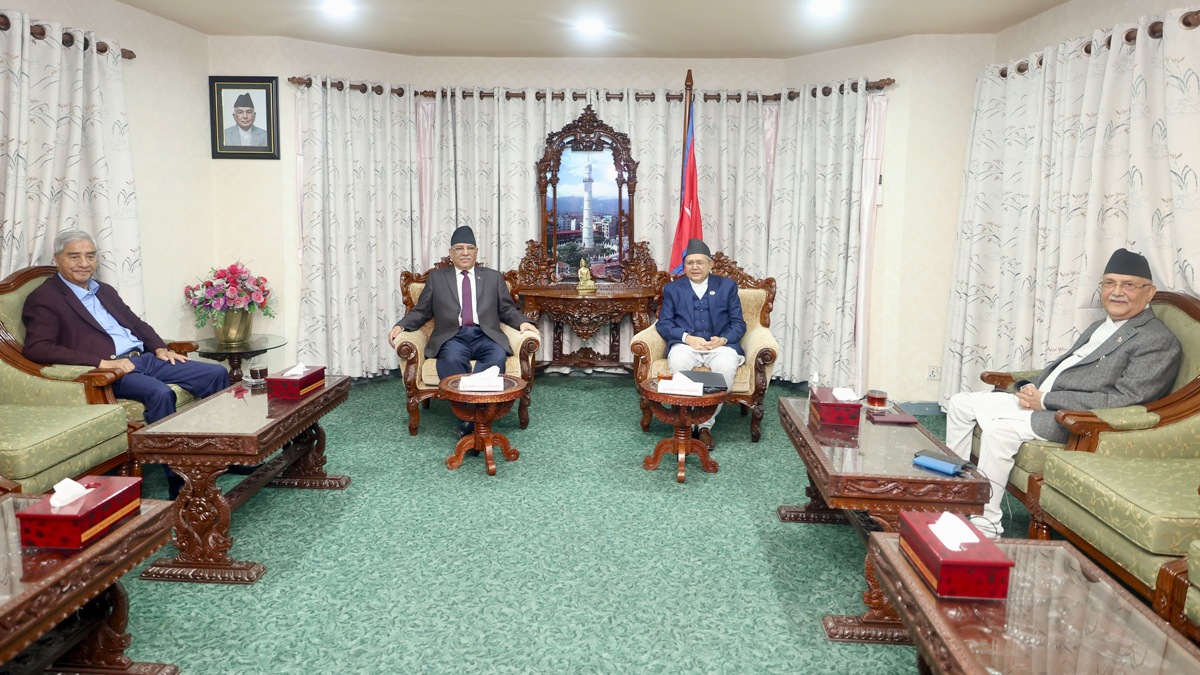







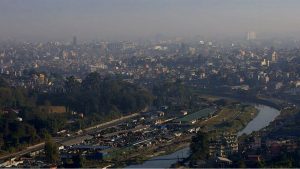






Comments